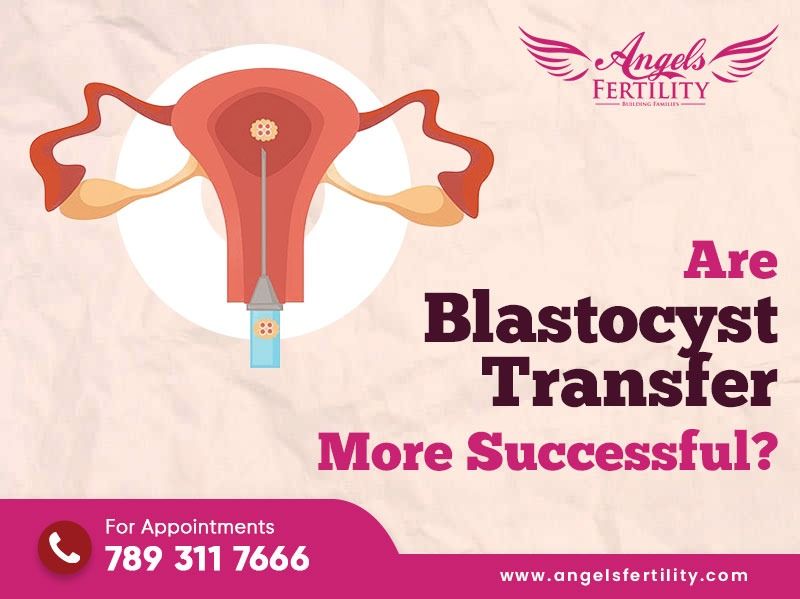IVF (In-Vitro Fertilization) procedure involves the fertilization of egg and sperm in a laboratory. Once fertilization takes place, one or more embryos are transferred into the woman’s uterus to promote pregnancy. After fertilization, the embryo develops into the blastocyst stage after 5 days. The embryo transfer at the blastocyst stage has led to more successful and safe IVF treatment.
The embryologist chooses the best and most viable embryos at the blastocyst stage by considering various factors. Blastocyst transfer can enhance the chances of pregnancy and reduces the risk of developing multiple pregnancies.
How Does Blastocyst Transfer Work?
During the IVF treatment, the fertility doctor collects eggs from the ovaries. Then, the eggs are combined with sperm in a specialized IVF laboratory. The embryologist will keep monitoring them until fertilization takes place. Instead of transferring the embryo on day 3 or 4, the embryologist waits till it reaches the blastocyst stage.
In a natural pregnancy, fertilization occurs in the fallopian tube and the embryo should reach the blastocyst stage to roll down from the tube and to attach to the uterine wall. So, if the embryo transfer as a part of IVF is performed at the blastocyst stage, it reflects the natural processes. It is considered as the natural implantation method and it increases the chances of IVF success.
How are Embryos Selected for Blastocyst Transfer?
By combining eggs with sperm in the lab, several embryos are formed. All the formed embryos will not reach the blastocyst stage. Some of the embryos reach the blastocyst stage, but may stop growing after that stage. Some embryos may have more rapid development than others.
Hence, the embryologist waits till they reach the blastocyst stage. The embryologist will select the best blastocyst using various embryo selection criteria. This will lead to the increased chances of conception with IVF.
Benefits of Blastocyst Transfer in IVF
For blastocyst transfer in IVF, the embryologist will select the best blastocysts that have the highest chances of success. The following are the benefits of embryo transfer at the blastocyst stage:
- Higher implantation rates: The blastocyst transfer offers a higher implantation rate as the embryo got enough time to develop in the lab. The success rate with blastocyst transfer is 43.4% for each blastocyst transfer.
- Resembles natural pregnancy: In a natural pregnancy, after 4 days of fertilization, the embryo separates from the fertilized oocyte and moves to the blastocyst stage. Hence, blastocyst transfer also resembles a natural pregnancy and increases the chances of conception.
- Reduces multiple pregnancies: During blastocyst transfer, only a few embryos are transferred into the uterus for implantation. This reduces the chances of multiple pregnancies.
- Easy to perform Preimplantation Genetic Diagnosis (PGD): A blastocyst contains a greater number of cells and a PGD test can be easily performed. A PGD test can determine the faulty embryos and helps to transfer only viable embryos without any defects. This helps to reduce the risk of passing genetic diseases from the intended parents to the child.
Get the Best Results from IVF by Visiting Angels Fertility Center
Angels Fertility Center has been offering fertility services in Hyderabad for several years. Our team of fertility specialists are highly experienced and treated a number of patients with a huge success rate. When you choose us, we will work with you to know about your condition, and your medical history. We then suggest the possible treatment options that could help you. We offer a state-of-the-art facility and the guidance of experienced embryologists to ensure all your needs are met. To schedule your consultation, call us or drop us an email.

